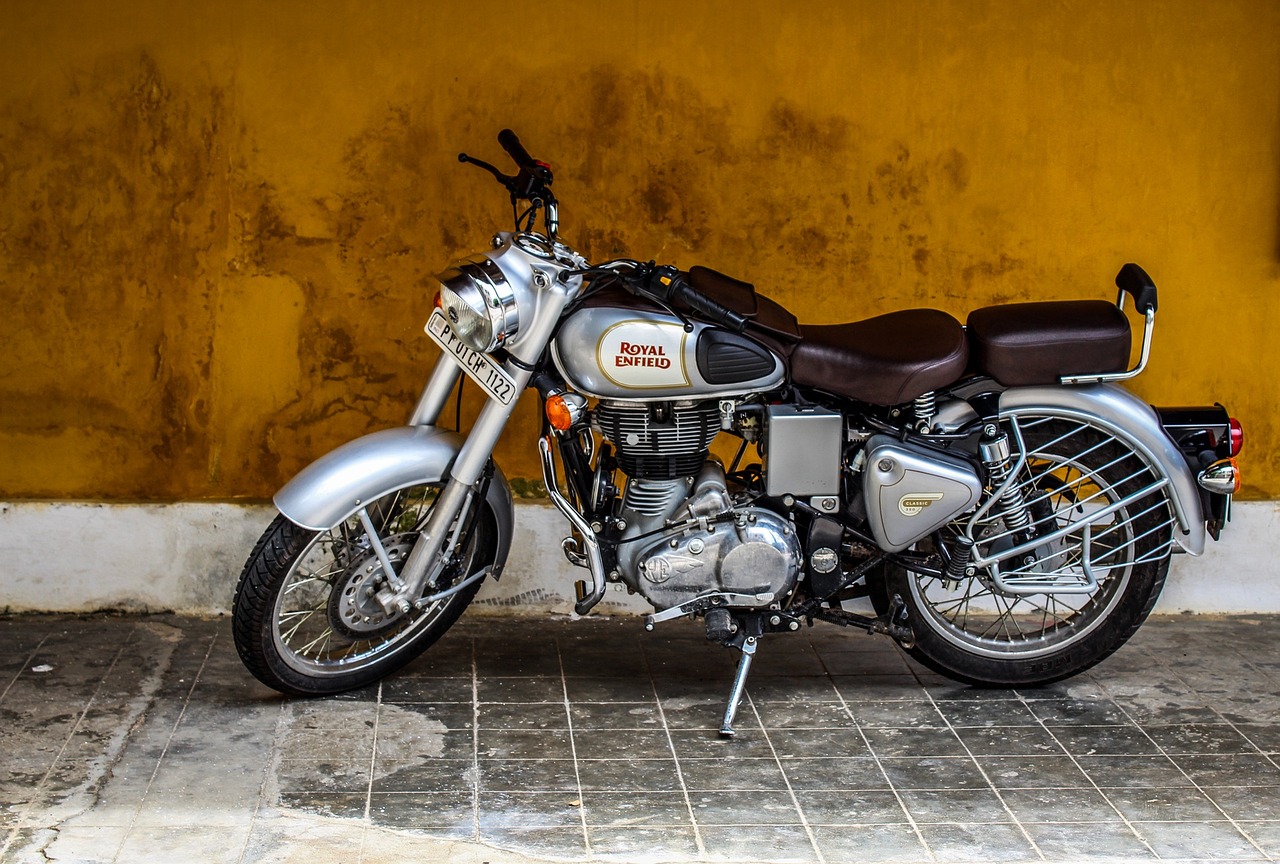-
Your shopping cart is empty!
Get Rid Of Cold Starting Trouble With These Professional Tips

Prepare yourself
because winter is coming! As per the text of the law. It's that time of year
again, when many of our beloved bikers, like you, have done waiting for the
rains to stop and are now beginning their riding seasons. Although many people
say there is nothing quite like riding in the cold, it does present its own set
of challenges.
Each rider
currently finds a comfortable approach to cope with the frigid challenges. On
the other hand, the bike's technical issues are pervasive.
So here is an exhaustive list for fending off the dangers of a cold start and a cold engine by a vintage Honda motorcycle parts manufacturer -
Use Pure Quality Fuel
Adulterated fuel has its own set of issues when trying to start a bike in a cooler region. Make sure to fill up at a fuel station that only offers pure fuel. Do not be reluctant to look for references close to home and to travel a short distance to complete the application. Cleaner cold starts are possible with pure fuel as opposed to fuel that has been polluted. It does not necessarily have to be fueled with performance-enhancing additives. Regular unleaded gasoline that is pure will work just fine.
Service Bike on Time
Make sure everything is in working order on your bike before the winter. Even in colder climates, starting healthy cycle is easier. Having the bike repaired right before the beginning of each season, in my personal experience, helps eliminate any issues that one might encounter with the bike throughout the season.
Let Engine Idle Before Moving
Many motorcyclists have the terrible habit of starting the bike, putting it in gear, and taking off without giving the engine enough time to warm up. Cold starting an engine can have a number of long-term effects, including fractures and cracks in the moving parts. The best strategy is to let the engine idle for two to three minutes. During this time, the engine warms up, the oil has time to lubricate the clutch and gearbox, and the vehicle may finally be moved.Do Not Stress the Battery
As per a vintage Vespa parts manufacturer, if the bike won't start the first time, don't let the ignition run on it for a long time. This may fast drain the battery, which may have detrimental effects later. The starter is depressed for 5 seconds at a time during the idle approach, and then there is a 20-second cooling off interval.
Providing Choke
Bikes with
electronic fuel injection are exempt from this. Use that little lever somewhere
on the bike for the rest of you. Refer to the manual that was delivered with
the bike for the precise placement based on the model. If you are unsure how to
operate a choke, just turn the level to "ON" and start the bike. The
bike may start off at high revs or may start slowly before increasing revs.
Keep the choke in "ON" until the engine has warmed up enough, then
turn it back to "OFF." The engine will flood if you ride the
motorcycle with the choke engaged, and the higher engine revs at idle will
result in the worst fuel economy you've ever experienced. In order to prevent
the engine block from flooding with petrol, it is also advised not to keep the
choke engaged when the bike is stationary and off.
Go for a Kick
A kickstart here comes in handy. It is recommended that for every interval of starting a bike, where the stopping duration is over 6 hours, the bike should be kick started for optimum performance.Recent Blogs
- The Advantages of Buying Vintage Motorcycle Parts Online
- Vintage Massey Ferguson: A Legacy of Farming Excellence
- Read This Article If You Love Royal Enfield Motorcycles
- The One & Only Article On Husqvarna Motorcycles Is Now In Public
- Things You Should Check In Motorcycle During Cold Start Problems
- Get Rid Of Cold Starting Trouble With These Professional Tips
- Top Motorcycle Riding Tips You Should Consider
- Long Distance Motorcycle Riding Tips by The Professionals
- Top 5 Countries That Admires Motorcycles the Most
- Basic Motorcycle Maintenance Checks You Should Definitely Know
- The Most Popular Vintage Motorcycles in The History
- Pre-Ride Checklist for Enthusiastic Motorcyclist
- Iconic Vintage Motorcycles of All Time
- Popular Vespa Models from 1946-51 You Should Know
- Valuable Tips On Maintaining a Vintage Motorcycle

 Need Help ?
Need Help ?